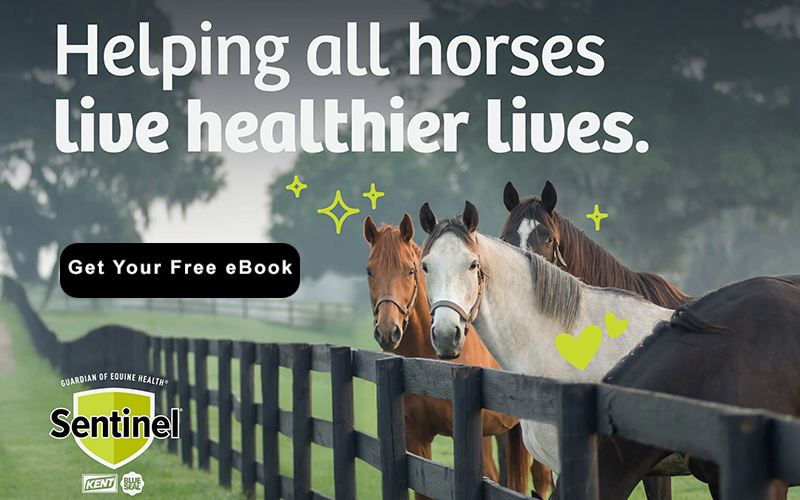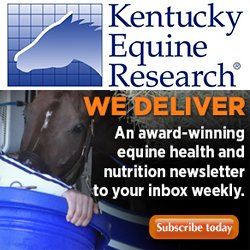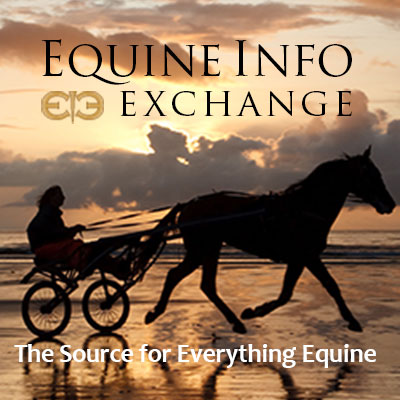Health & Education
We all want the best care possible for our horses. The Heath & Education section covers both Learning Institutions, Organizations as well as many sources for equine assistance including Veterinarians and Farriers.
For those who want a to formally study horses, the Education section includes College Riding, Equine Studies, and Veterinary Schools. Learn about the wide variety of horses in the Horse Breeds section. Supplements and Treatments Therapy are also included in the section.
Everyone can learn from Fine Art and there are some specialty Museums that might surprise you.
Horses as a therapy partner enrich the lives of the disabled. These facilities are listed in our Therapeutic Riding section. To help children and young adults build confidence and grow emotionally, please see the resources available on the Youth Outreach page.
Looking for a place to keep your horse? You can find it in the Horse Boarding section. Traveling? Find a Shipping company or Horse Sitting service if your horse is staying home!
Want to stay up to date with the latest training clinics or professional conferences? Take a look at our Calendar of Events for Health & Education for the dates and locations of upcoming events.
Do we need to add more? Please use the useful feedback link and let us know!
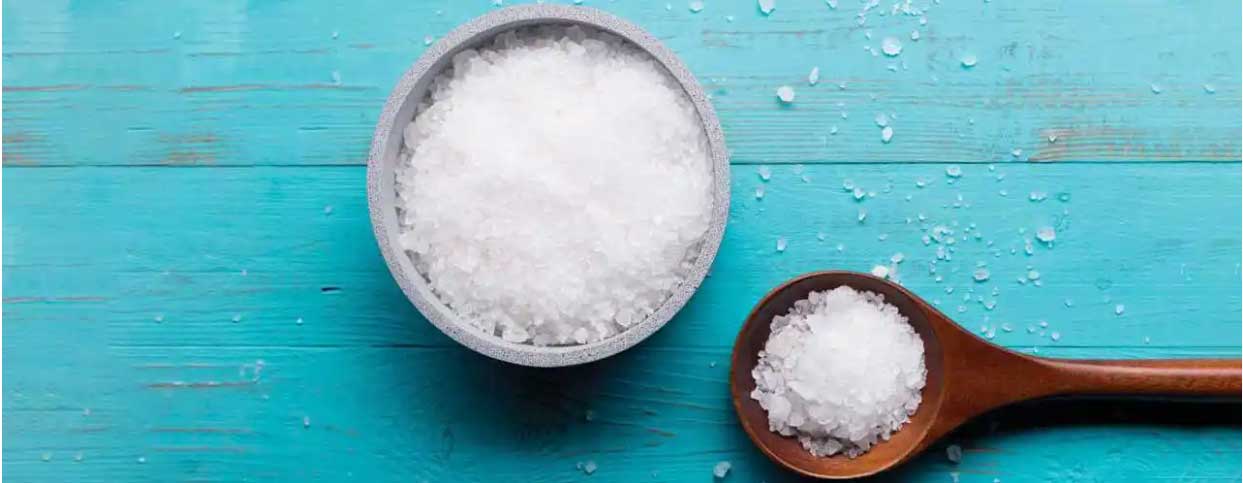
by Eleanor Kellon, VMD
SALT
A universal requirement for horses around the world is salt, primarily for sodium but chloride can also be deficient. The diet of all horses is deficient. Wait. If that’s true, how did horses survive without people to feed them salt? Feral horses make regular sojourns to areas with natural salt deposits where they stock up. Bone has a sizeable reservoir of sodium. In between, homeostatic mechanisms allow them to hold on to electrolytes in short supply. Left to their own devices, feral horses are perfectly content not to move at a pace beyond a walk so do not normally have excessive sweat losses. They are, however, at risk of severe dehydration if anything upsets this fragile balance.
Research has quantified what daily losses of sodium are and we also know how much is lost in sweat. There is no harm whatsoever in supplementing those losses as they occur to prevent the horse from going into negative balance. Doing so ensures optimal hydration, enhances digestion and mineral absorption, maintains normal nervous and muscular function.
OMEGA-3 FATTY ACIDS
In times of the year when fresh grass is not available, the horse's diet goes from one rich in omega-3 fatty acids (about half of their intake) to one with virtually none because these fragile fats do not survive long in cut and baled hay. Grains, brans, etc. are also low in omega-3s.
Omega-3 fatty acids are typically thought of as important to antiinflammatory balance but two studies have also shown supplementation boosts immune system responses in general. They are also pivotal in the development and health of the brain and eyes, and may influence behavior in young horses.
VITAMIN E
Vitamin E, abundant in fresh plant material, suffers the same fate as omega-3 fatty acids in hay. There are very real consequences to immunity, nerve and muscle function if ignoring vitamin E intake. Nutritional Russian roulette is not a good approach.
IN CONCLUSION
Those are the big three. Even if your horse is on a supplemented feed or a balancer you are probably not meeting requirements. A strong case can also be made for <em.selenium, iodine, zinc and copper in most areas but they are not quite as universal as omega-3s, vitamin E and salt.
Cheap Insurance!
This article originally appeared on Uckele Nutrition and is published here with permission.
There are lots of good articles in our section on Health & Education.
Monty Roberts demonstrates Join-Up® and the language of Equus at the Barretos Rodeo Festival 2023 in Brazil
Read more: Monty Roberts' Join-Up in Brazil at the Barretos Rodeo Festival 2023 (2:54)
Equitopia traveled to U.C. Davis where Dr. Sarah leJeune conducted a radiographic study to investigate what happens to a horse's spine when it's using core muscles while the hind quarters are rounded and "engaged." Can "kissing spine" (when vertebra rub together) be averted by not riding with a hollow back? Watch the video to see the incredible results!
Read more: Biomechanics Experiment: The Equine Spine - Neutral vs. Engaged
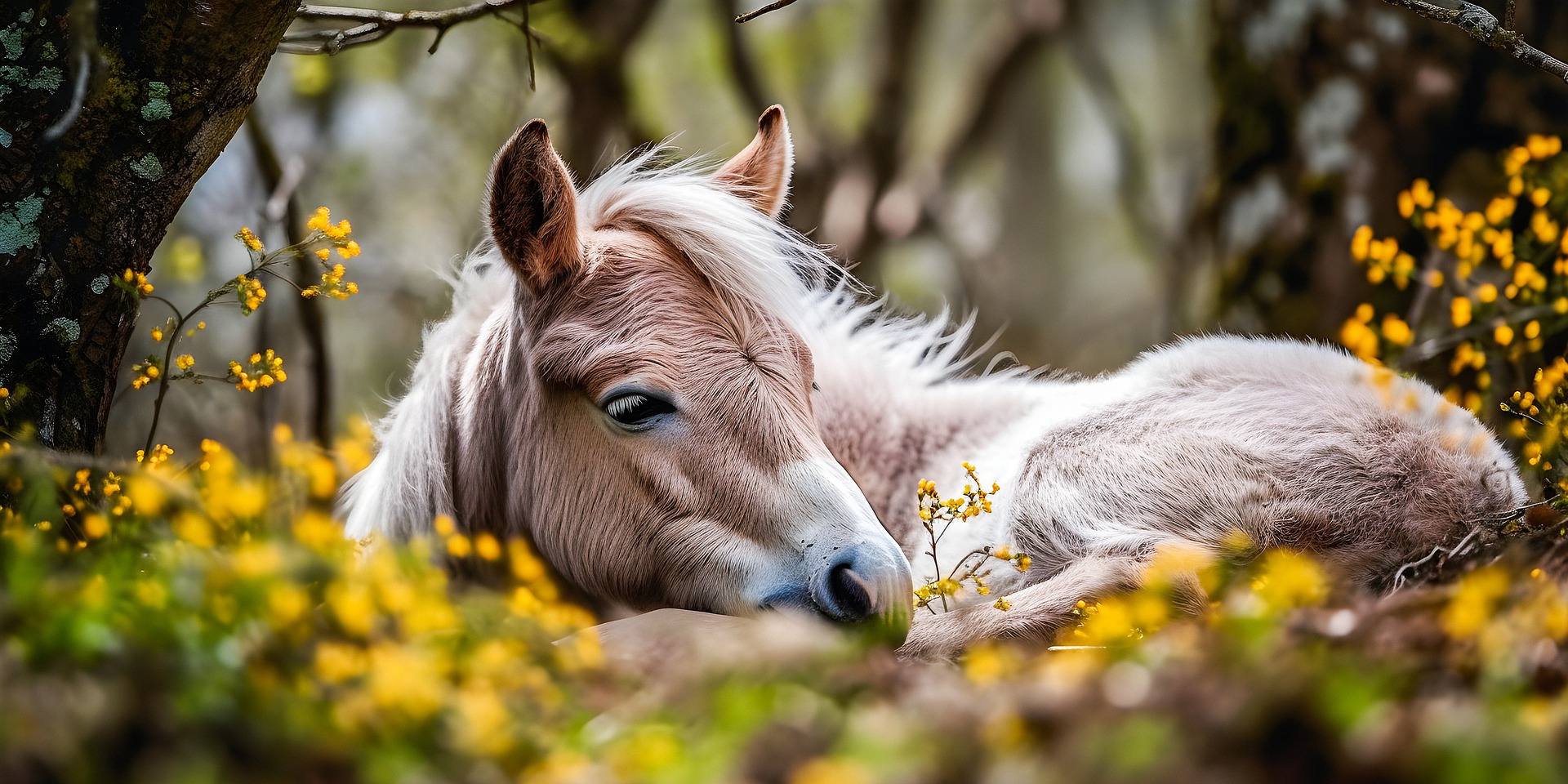
- Move any sick horse into a clean and disinfected stall, as far away from the other horses as possible
- If no exterior stall is present, or isolated stall space is available, put tarps up around the stall of the sick horse so that other horses cannot make direct contact with it; - note this will not prevent spread of disease agents that move through the air Prepare an area for medication, water buckets and feed containers that are kept away from other equipment (tip: label with red tape)
- DO NOT allow the sick horse to have physical contact with other horses
- Use dedicated equipment for the sick horse, and to clean it’s stall. Manure must be removed using specifically designated and labelled equipment
- Put up a sign to notify everyone about the isolated horse and it’s location, and post biosecurity protocols in the area
- Do not allow unnecessary visitors to have contact with the sick horse
- All staff must wear protective clothing, or keep special designated clothing in the isolation area for when dealing with the sick horse
- Work with the sick horse last each day and wash your hands before and after
- If the horse is getting turn out, make a small fenced or separate area where this horse cannot touch others
- Once horse has recovered, disinfect all equipment, halters, lead ropes, pails, feed dishes, stall and manure removal equipment
Ken Najorka will demonstrate proper and effective Riding Position in both English and Western seats. This is a educational and safety video brought to you by the Certified Horsemanship Association (CHA) For more information on the largest certifying body of riding instructors and barn managers in North America, Certified Horsemanship Association, please visit www.CHA.horse.
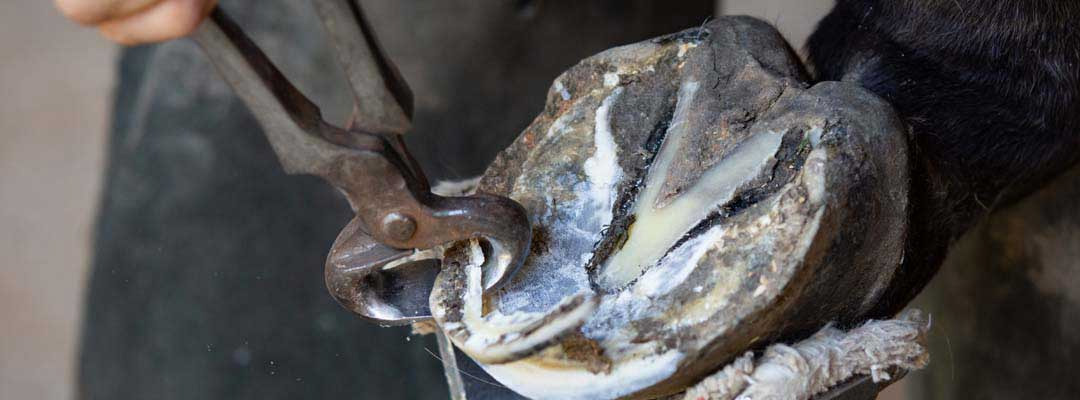
The old adage, “no hoof, no horse” is more than a saying. Keep stride with hoof care maintenance to help avoid hoof cracks.
What causes hoof cracks in horses?
There are several factors that can result in hoof cracks, including:
- Dry weather
- Frequent changes from wet to dry footing
- Overall poor hoof quality
- Prolonged trimming intervals, resulting in long hoof growth
“If you let your horse go without trimming for extended periods of time, their hooves become real long, split and break off. Because of this, they will have a greater potential to crack, especially if the weather is dry,” cautions John McGuire, a farrier of 27 years.
My horse has a hoof crack. What should I do?
Determine which kind of hoof crack your horse has and make either your farrier or veterinarian aware. They can work with you to reduce chances of lameness and infection.
What are the different types of hoof cracks in horses?
Vertical hoof cracks These are the most common of hoof cracks, running perpendicular to the ground. Vertical cracks that originate at the coronary band and grow downward are the most concerning.
Horizontal cracks and hoof blowouts This common crack can occur after injury to the coronary band or a direct impact to the hoof wall.
Toe cracks This is a common result of heel pain, as horses put more weight on the toe to avoid discomfort. These cracks occur with repeated pressure on the hoof’s front portion.
Grass cracks Usually superficial and thin, grass cracks are commonly experienced when horses have long, unshod hooves; environmental changes, lack of nutrition or impaired blood flow to the hoof also contribute. They often begin from the ground and move upward and are easily corrected with regular farrier work.
Quarter cracks Quarter cracks usually start at the coronary band and travel toward the ground. They are caused by trauma, conformational issues and lack of regular trimming. Landing unevenly can cause a quarter crack in the hoof.
Sand cracks Sand cracks extend downward and occur after a coronary band injury or from white line disease at the coronary band.
Bar cracks These painful cracks occur on the bars of a horse’s hooves (the area on both sides of the frog). Horses that have experienced direct impact to the bar, or have weak and unbalanced bars, are more susceptible to bar cracks.
How can I prevent hoof cracks?
Take steps to help ensure your horse has the healthiest hooves for his ultimate performance.
- Maintain regular trimming and shoeing schedules. A consistent schedule of every six to eight weeks is ideal.
- Ensure good hoof balance.
- Be mindful of shoeing, based on weather and footing conditions.
- Should a hoof problem present itself, immediately seek treatment options.
- Provide horses with excellent nutrition.
- Apply hoof moisturizers and conditioners, especially during dry weather, and anytime your horse’s hooves are brittle or cracking.
- Incorporate hoof supplements to improve overall hoof quality.
“I’m a firm believer in hoof products like Rain Maker, Hoof Flex and Horseshoer’s Secret. Using these products will help prevent hoof cracks more than anything, that along with regular trimming and maintenance on the horse. I’ve also had a lot of clients use hoof supplements. For those horses who are lacking in certain minerals that promote healthy hooves, I really think you can see a difference,” McGuire said.
Valley Vet Supply carries a number of high-quality hoof supplements. Good hoof supplements will include B-vitamins (mainly biotin), minerals essential to hoof strength (zinc, manganese and copper), and amino acids (methionine and lysine) for the proteins that provide the elasticity of the hoof. Examples would be Command Hoof, Command Coat and Hoof and Horseshoer’s Secret.
Look to trusted hoof care products and implement the preventive tips above to help ensure sound rides with your horse!
Owning a horse is a dream come true for many, but it's essential to understand that it involves more than just the initial purchase. In this special episode, we have two remarkable guests, Kate Hayes and Deb Reeder, experts from Care Credit, a leading provider of financing solutions for veterinary and pet care expenses. From daily upkeep, veterinary care, farrier visits, and training expenses to unexpected medical emergencies, the cost of horse ownership can quickly add up. Our guests will share valuable insights and tips on planning financially for bringing a horse into your life.
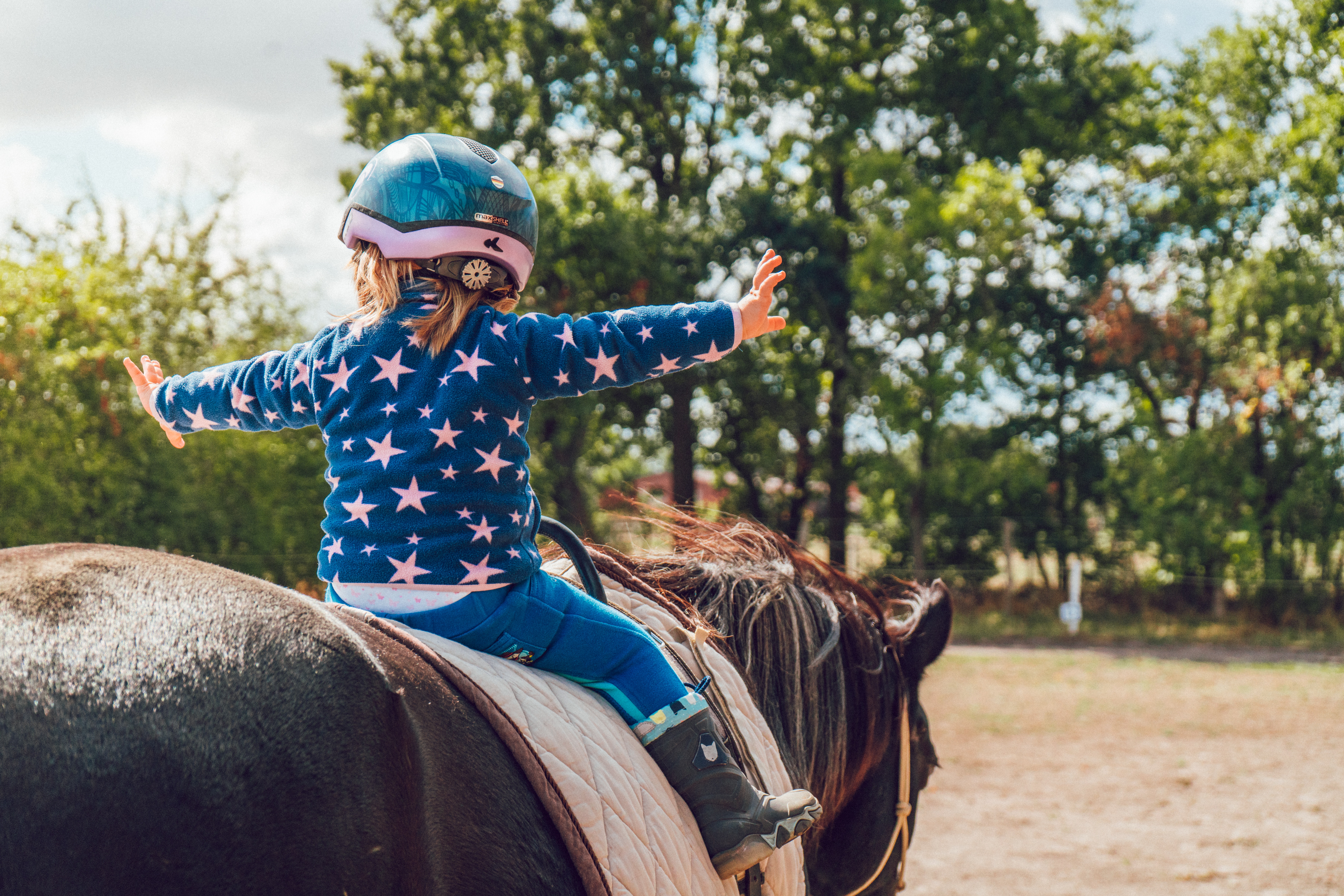
Equestrian activities fall under the umbrella term "equestrianism." Activities involving horses are among them. Both the rider and the horse are put through their paces in these competitions.
Dressage is often called the "ballet of equestrian sports" Precision, grace, and harmony between horse and rider are prized in the art of dressage. The "tests" take place on a level surface between the two.
Obstacle courses for horses and riders: that's show jumping. They attempt to avoid knocking down the poles by jumping over them. Quicker times are ranked higher.
Also, eventing. The equestrian triathlon, "eventing," consists of three disciplines: dressage, show jumping, and cross country. The horse's speed, stamina, and leaping ability are all put to the test in cross-country.
Long distance is the norm in endurance racing. Typically, a distance of 50–100 miles is involved. Health and stamina are more important than speed.
The equestrian team sport of polo. Goals are scored by the riders with mallets. Both the horse and rider need to be in top physical condition for this activity. Moreover, rodeos. Roping, barrel racing, bronc riding, and bull riding are all essential parts of any rodeo. Competitors show off their riding and horsemanship talents in each event.
Some have compared vaulting (acrobatics on a moving horse) to gymnastics on horseback. Strong, coordinated, and well-balanced athletes are essential for the sport of vaulting.
All across the world, these are some of the most popular forms of horseback riding.
Academic Help for Sports People
As you might guess, equestrian sports are about training and dedication. And students also face similar challenges in school. That’s why they often need help with essays and assignments. Luckily, there is EduBirdie — an essay writing service. It offers students assignment help online. Students can get help easily. EduBirdie gives students the support they need. In general, this support helps them tackle academic challenges.
Discipline, Teamwork, and Leadership Skills
Equestrian sports, often perceived simply as horse riding, are multifaceted. These sports demand a lot from participants. They're not just about controlling a horse. They encompass lessons that have long-term benefits for students.
Building Discipline Through Routine and Care
Participating in equestrian sports requires a routine. Riders must care for their horses daily. This means feeding, grooming, and training regularly. Such a routine fosters discipline. Students learn the value of consistency. They see the results of hard work and dedication. The discipline they cultivate from caring for a horse often translates to their studies. They develop better study habits. They stick to schedules more effectively.
Teamwork Beyond Human Interaction
Equestrian sports present a unique take on teamwork. Here, the team isn't made up of humans alone. It's a bond between the horse and rider. For success, they must understand each other. The horse, despite its strength, looks to the rider for direction. The rider, in turn, must recognize the horse's needs and signals. This mutual respect and understanding sharpen students' communication skills. It teaches them to be observant and responsive.
Leadership Rooted in Respect
Leading a horse is not about dominance. It's about mutual respect. Riders learn to lead with a balance of firmness and kindness. They can't be overly aggressive or too passive. They must find a middle ground. This lesson is invaluable. In life and school, effective leadership is about balance. Students learn to lead group projects or class discussions with confidence.
Equestrian Sports in the School Setting
Including equestrian sports in school programs can be beneficial. Beyond the physical activity, students gain essential life skills. These skills, such as discipline and leadership, can influence their academic performance. It can improve their interactions with peers. It equips them with tools they can use in future careers.
Read more: Equestrian Sports in Schools: Fostering Discipline, Teamwork, and Leadership Skills
Julie Goodnight will demonstrate on how to properly adjust the Rope Halter This is a educational and safety video brought to you by the Certified Horsemanship Association (CHA) at www.CHA.horse
Read more: Adjusting the Rope Halter with Julie Goodnight (5:34)
- How to Safely Adjust Stirrups and Girth While Mounted on English Tack with Mitzi Summers
- Types of Western Saddles, Explained
- Know Thy Forage: Ten Forage-Related Terms That May Be New To You
- The Emergency Stop with Julie Goodnight (3:05)
- Sample Lesson on First Trot with Andrea Boone (16:49)
- Horse Heatstroke and Exhaustion
- Putting Weight on a Skinny Horse
- The Export Journey of the Icelandic Horse (22:17)
- Why Wear a Helmet? Riders Share Harrowing Close Calls
- Equine Affaire Educational Program - Monty Roberts performs Join-Up with a Wild Horse (22:37)
- Veterinarian, Equestrian Advises on Caring for the Senior Show Horse
- Rood & Riddle "Stallside" Podcast - Scratches and Hives Oh My! with Dr Julia Miller
- Your Child Wants to Ride a Horse! What Should You Do?
- Biosecurity Education & Training
- Sample Lesson: First Lope with Tara Reimer (17:12)
- Obese Equine Athletes: Are These “Unhealthy” Healthy Horses?
- Facility Design with Biosecurity in Mind
- What's In Your Hay?
- Reading Horse Behavior with Dale Rudin (7:55)
- Why Do Horse Breeders Terminate a Twin?






